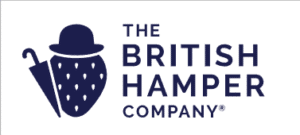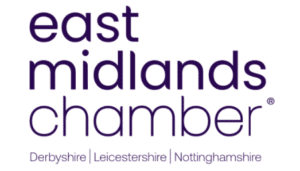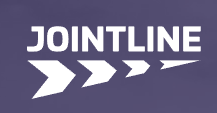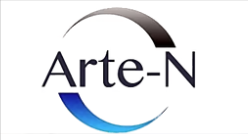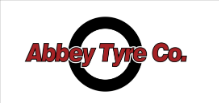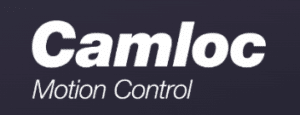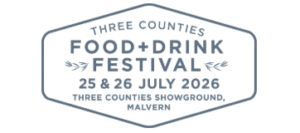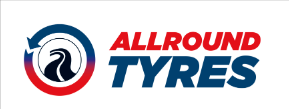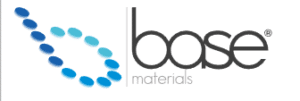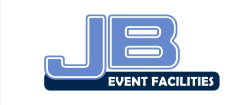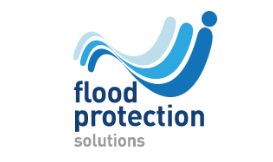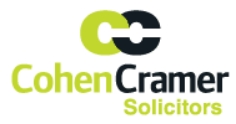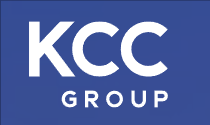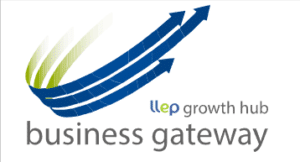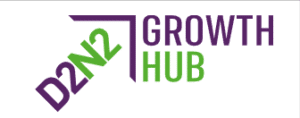SEO Keyword Research & Strategy Development
Build your website and content on real search behaviour not assumptions.
Most SMEs think they know how customers search. In practice, users phrase problems, questions, and solutions very differently from what business owners expect. That mismatch leads to missed rankings, wasted content, and a site structure that fights against you.
Our SEO Keyword Research & Strategy Development turns genuine search behaviour into a practical roadmap—covering keyword intent, competition, topical clusters, and information architecture, so your website attracts the right traffic and converts more of it.
Why keyword research is the cornerstone of SEO
Without rigorous research, you risk:
- Optimising for terms no one uses (or the wrong intent entirely).
- Competing head-on where you can’t realistically win.
- Publishing content that doesn’t map to the funnel or the SERP.
- Designing a sitemap that confuses both users and search engines.
Done properly, keyword research shows:
- How people search for your products/services (language, modifiers, questions).
- Why they’re searching (intent: learn, compare, buy, troubleshoot).
- Where each query sits in the funnel (awareness → consideration → conversion → post-purchase).
- Which topics belong together (topical clusters) and how they should shape your sitemap and internal links.
What you get from Zaddle
- Executive Summary (plain English): Where the opportunity is, how competitive it is, and what to do first.
- Master Keyword Set: Cleaned, deduped list with search volume trends, intent, difficulty, and business value.
- Topical Clusters & Parent Topics: Groupings that become sections of your site and hubs for internal linking.
- Funnel Mapping: Queries categorised by stage (awareness/consideration/decision) with recommended content formats.
- Competitor & SERP Analysis: Who currently owns the results, why, and how to out-position them.
- Sitemap & Information Architecture Draft: Page-level targeting (primary + secondary terms) and URL recommendations.
- Content Plan & Briefs: Prioritised page/topic list with outlines, on-page guidance, and internal-link suggestions.
- Local/Service-Area Targeting (if relevant): Geography, service modifiers, and multi-location structure.
- Measurement Notes: KPIs, GA4/Looker Studio tracking suggestions, and annotations to verify impact post-launch.
How we work (beginning to end)
- Discovery & context – Goals, margins, seasonality, personas, regions, current rankings/content, constraints.
- Seed expansion – Build from your products/services, Search Console queries, site search logs, FAQs, and competitor terms.
- SERP reality check – For head terms and high-value queries, we review live SERPs to understand formats (maps, FAQs, “People Also Ask”, reviews, videos, comparison lists) and adjust strategy to what Google actually rewards.
- Clean & normalise – Canonicalise plurals/synonyms, remove junk, standardise modifiers (pricing, near me, best, vs, how to).
- Intent & funnel mapping – Classify queries by purpose and assign recommended content types (guide, comparison, landing page, calculator, checklist, case study).
- Difficulty & opportunity – Balance volume with win-ability (domain strength vs. competitors, SERP crowding, feature ownership).
- Cluster & architecture – Group related terms into hubs; choose parent pages (pillar) and support pages (spokes).
- Strategy & prioritisation – Effort/impact matrix: quick wins, cornerstone assets, supporting content, and technical prerequisites.
- Sitemap & page targeting – Draft URLs, titles/H1s, primary/secondary keywords, internal link paths, and schema suggestions.
- Hand-off & validation – Content briefs, on-page checklists, and tracking notes to verify performance after publication.
From clusters to sitemap (how strategy becomes structure)
Example: “Accounting services”
- Pillar: /accounting/
Spokes (service pages):
- /accounting/bookkeeping/
- /accounting/vat-returns/
- /accounting/tax-returns/
- /accounting/payroll/
- /accounting/corporation-tax/
Decision assets:
- /accounting/pricing/
- /accounting/accounting-software-integration/
Awareness/consideration content (blog/resources):
- what-is-cash-vs-accrual-accounting/
- how-much-do-accountants-cost/
- bookkeeping-vs-accounting/
- vat-threshold-guide/
Local variants (if needed):
- /accounting/lincoln/ → child pages mirroring services where demand justifies.
This structure reflects topical depth, funnel coverage, and clear internal links from pillar → spokes → resources, signalling authority while guiding users to conversion paths.
Content & on-page guidance (what we include)
- Title/H1 formulas aligned to intent (e.g., “Service in Location” for transactional; “How to…” for informational).
- Semantic coverage: People Also Ask themes, synonyms, and entities to address comprehensively without stuffing.
- SERP-driven structure: Use comparison tables, step lists, FAQs, and pros/cons when the SERP shows they help win.
- UX & conversion nudges: Prominent CTAs, social proof, pricing clarity, calculators/estimators where relevant.
- Schema suggestions: FAQ, HowTo, Product/Service, LocalBusiness, Review/Rating (as appropriate).
Local & multi-location SEO (if you serve regions)
- Location-specific landing pages prioritised by demand and commercial value.
- NAP consistency guidance and internal linking from location → service and vice versa.
- “Near me” and geo-modifiers treated as distinct sub-clusters with unique content where warranted.
Competitor & gap analysis (practical, not theoretical)
- Identify content gaps competitors rank for that you don’t.
- Spot SERP features they hold (Top stories, video, featured snippets, map pack) and how to earn/steal them.
- Contrast page types (e.g., guides vs. tools vs. landing pages) and recommend what to build next.
Measurement & iteration
- KPIs: Non-brand clicks, ranking distribution, qualified sessions, assisted conversions, form submissions, lead quality.
- Verification: GA4 events/conversions aligned to target pages; Looker Studio view to monitor progress by cluster.
- Iteration cadence: Review winners/laggards, expand clusters, refresh content, and strengthen internal links.
Who this is for
- New websites that need a sitemap grounded in search reality.
- Established sites plateauing on brand terms only.
- SMEs entering new regions or services who need a risk-aware plan.
- Teams who want a clear content roadmap their writers/designers can execute.
Why SMEs choose Zaddle
- 18+ years of SEO for SMEs – Pragmatic strategies tied to revenue, not vanity metrics.
- Research that becomes action – From spreadsheet → sitemap → briefs → tracked outcomes.
- Holistic view – We align with paid, social, and CRO so the whole funnel performs.
- Transparent hand-off – You keep the datasets, the plan, and the playbook.
FAQs For SEO Keyword Research & Planning
Will you also write the content?
We can—either fully managed or via detailed content briefs for your writers.
Do we need to rebuild our entire site?
Not usually. Many wins come from restructuring, adding focused pages, and improving internal links.
How often should we revisit keyword research?
Treat it as a living asset, review after major product changes, new regions, or notable SERP shifts.
Does this include technical SEO?
We flag critical technical blockers during research and can run a full technical audit if needed.
What about ecommerce?
We include product/category modifiers, filters/facets strategy, and long-tail queries that drive conversion.
Ready to build a search-first website?
Stop guessing what to publish and where to put it. Let’s turn real search behaviour into a sitemap and content plan that wins rankings and customers.
Let’s talk. Get in touch to discuss SEO Keyword Research & Strategy Development for your business.
Get in touch
If you have any questions or if your website needs optimising to reach your target audience, contact me on the below:


